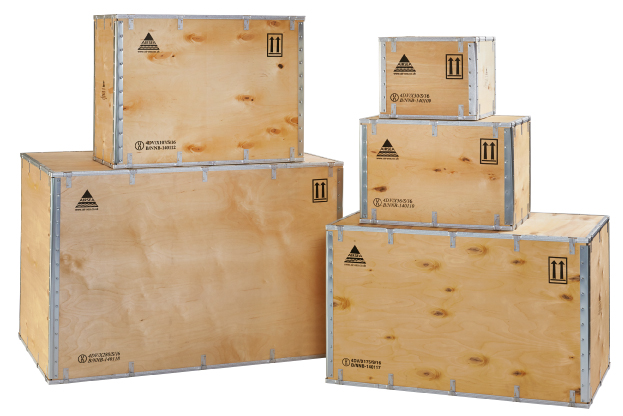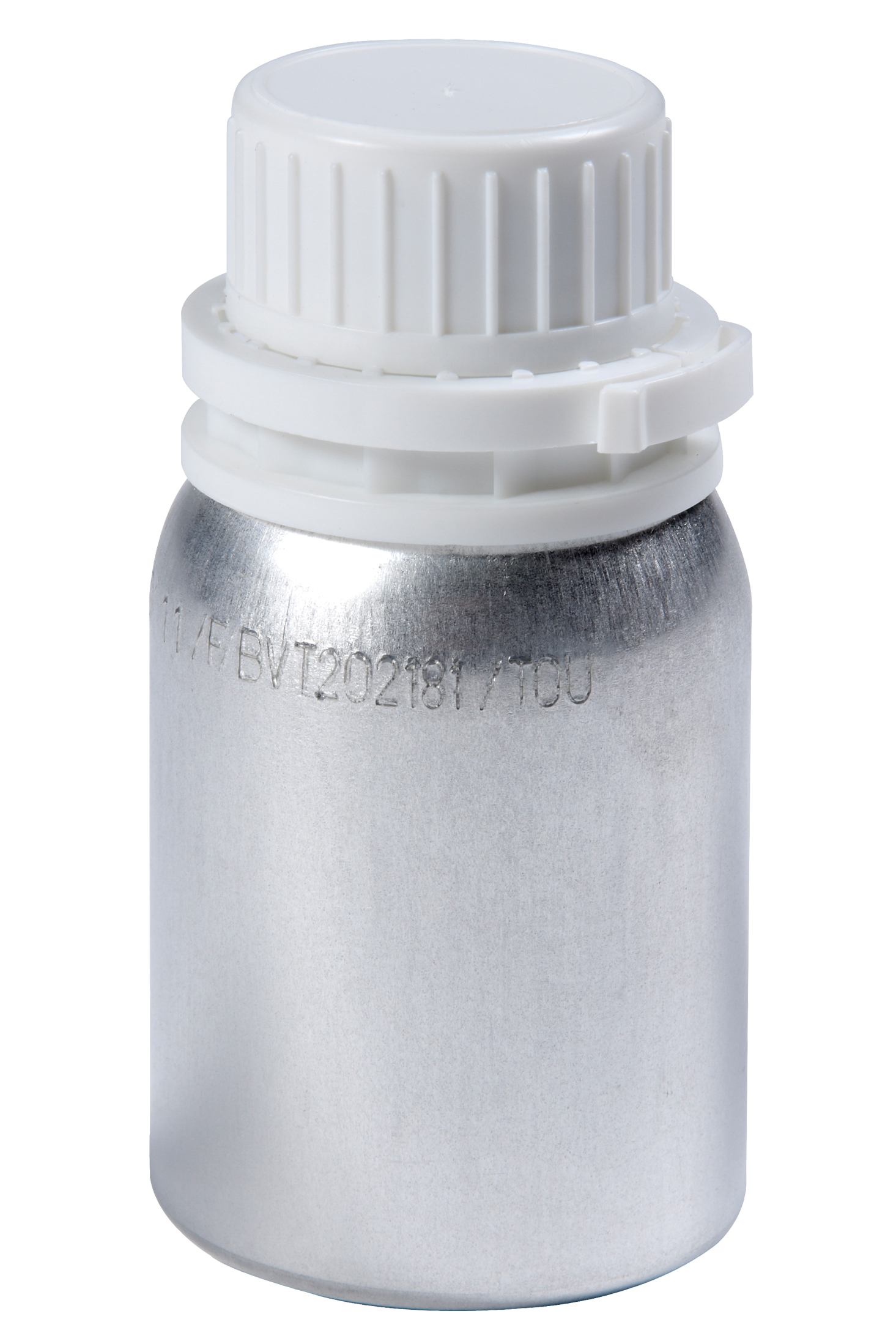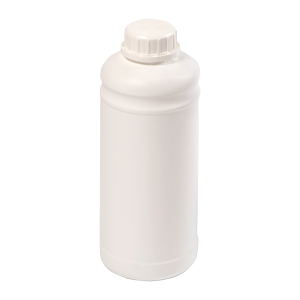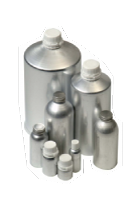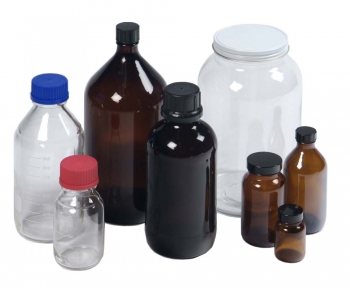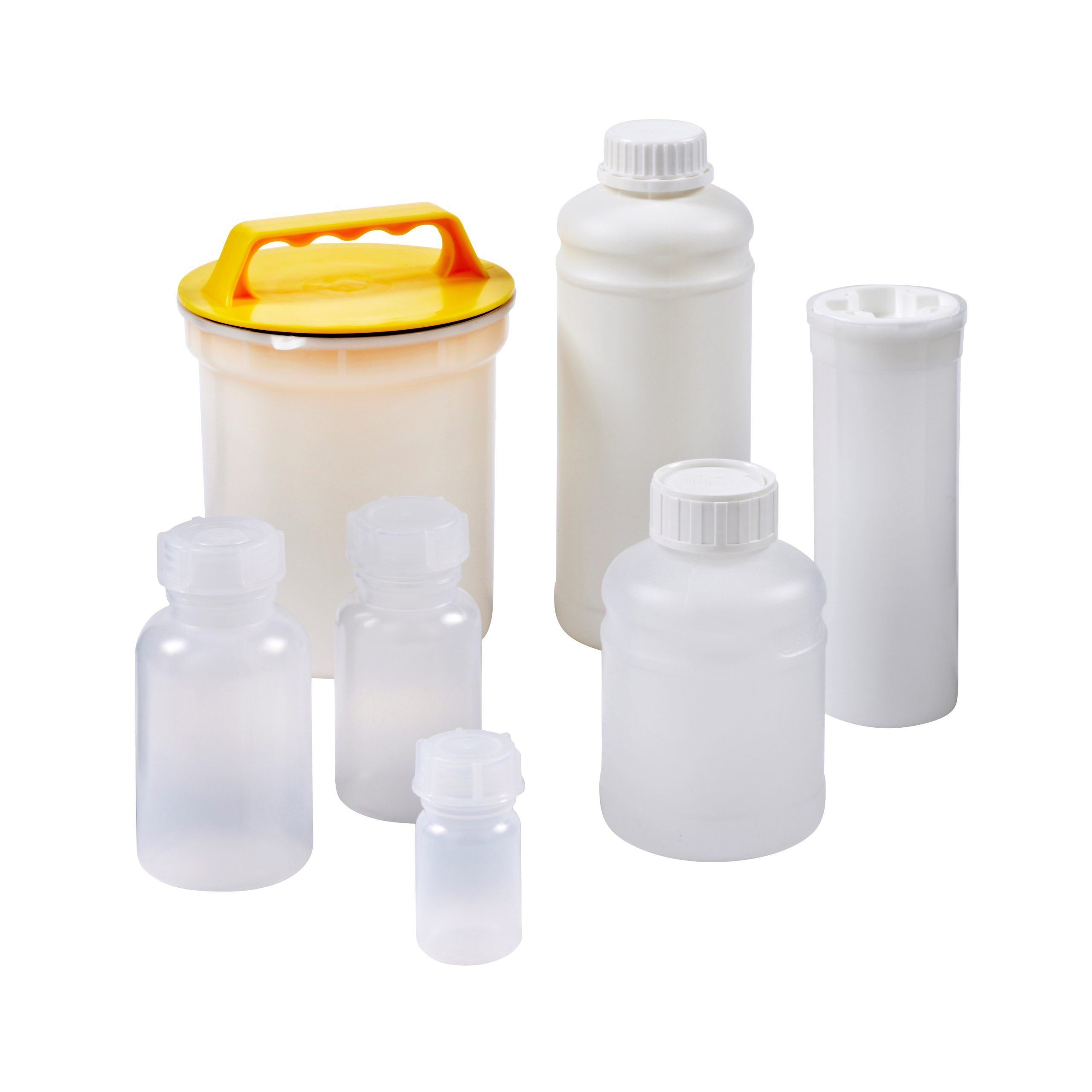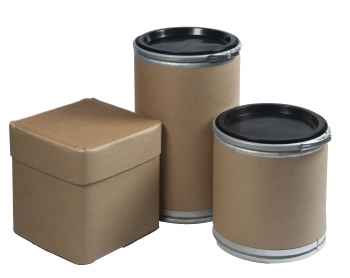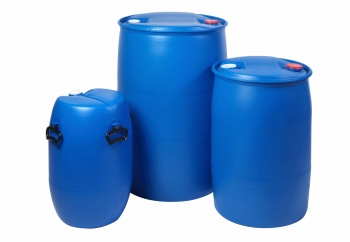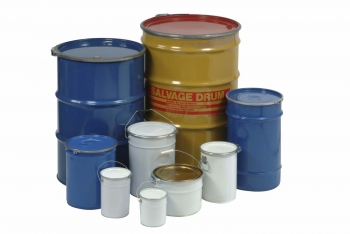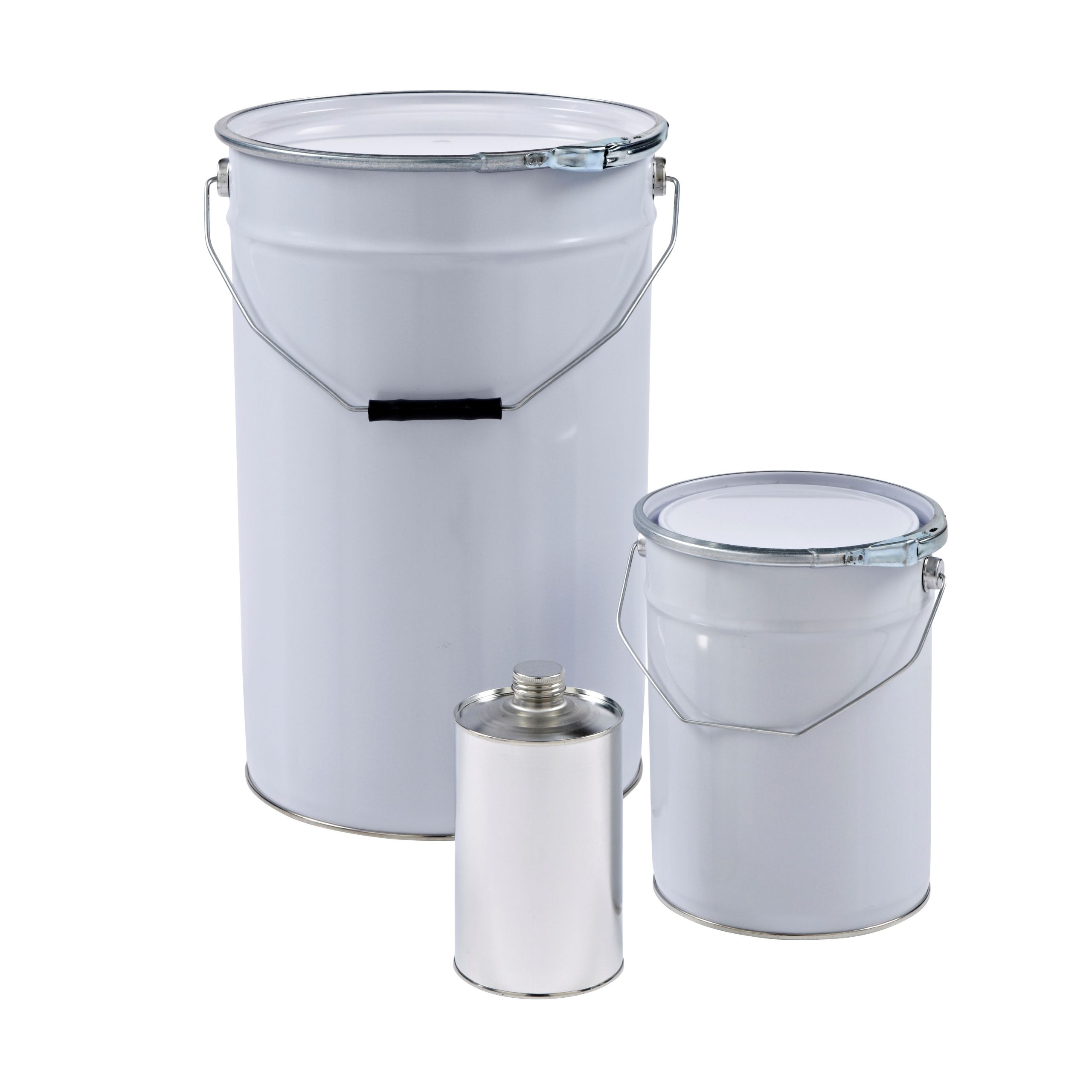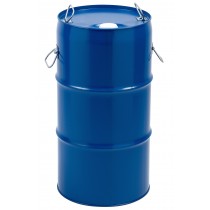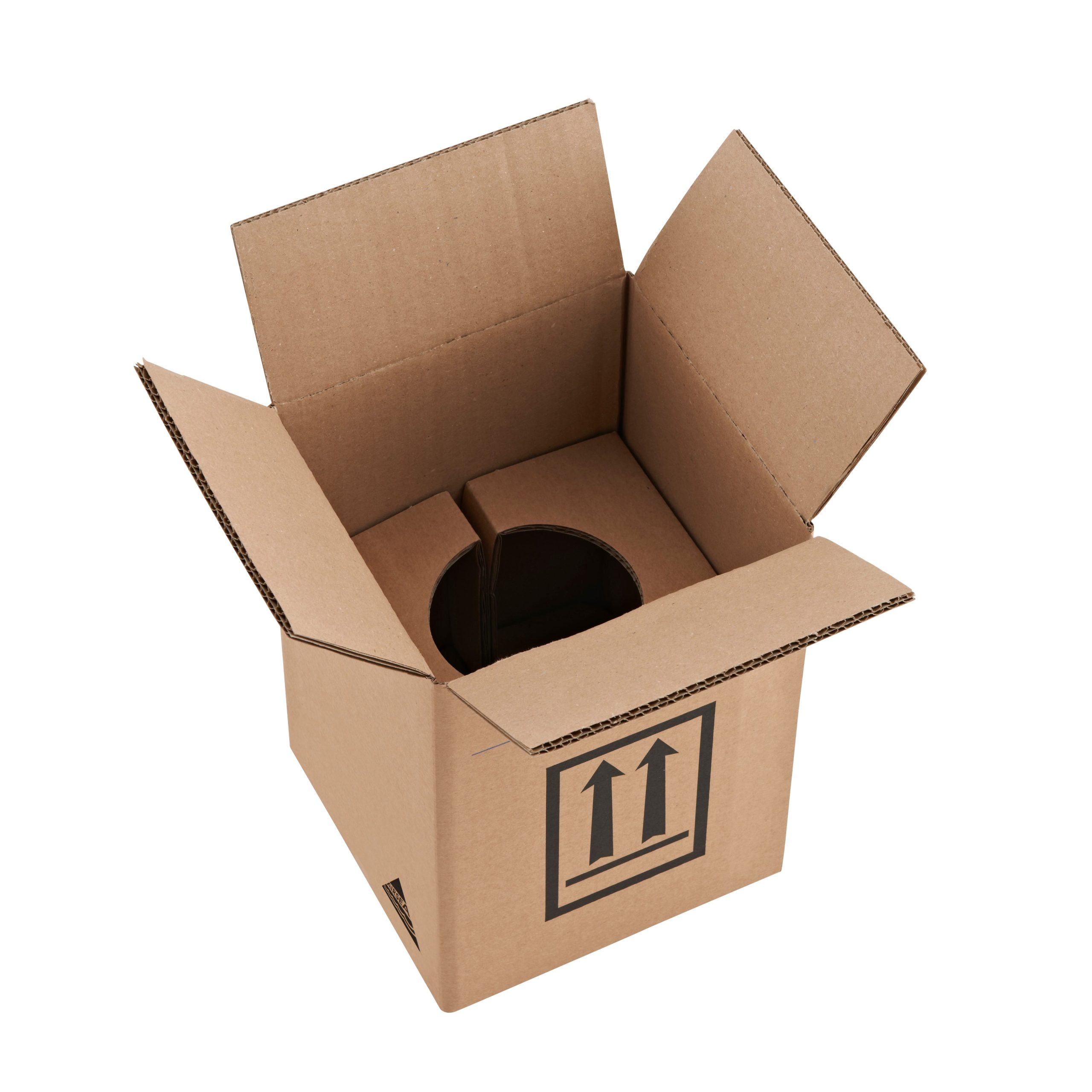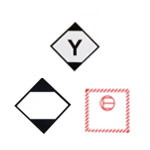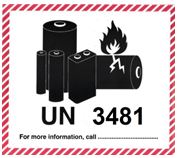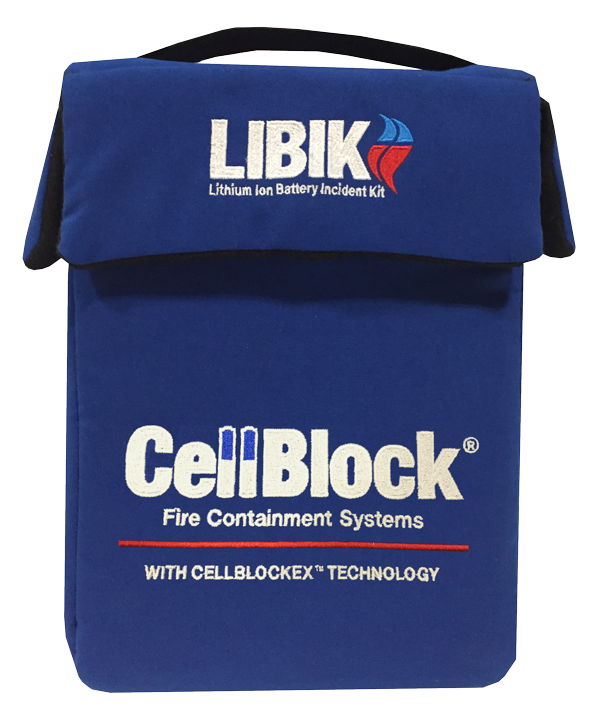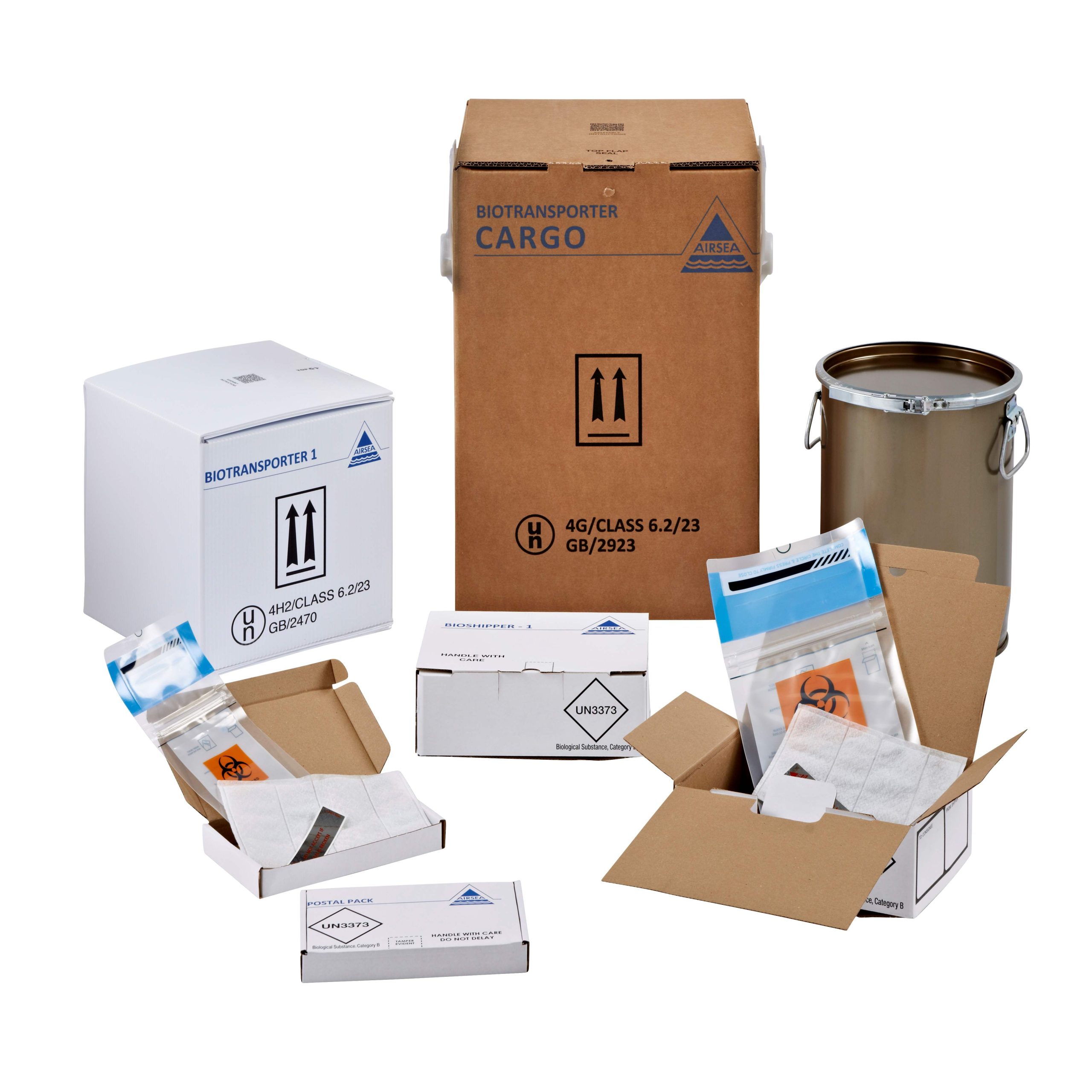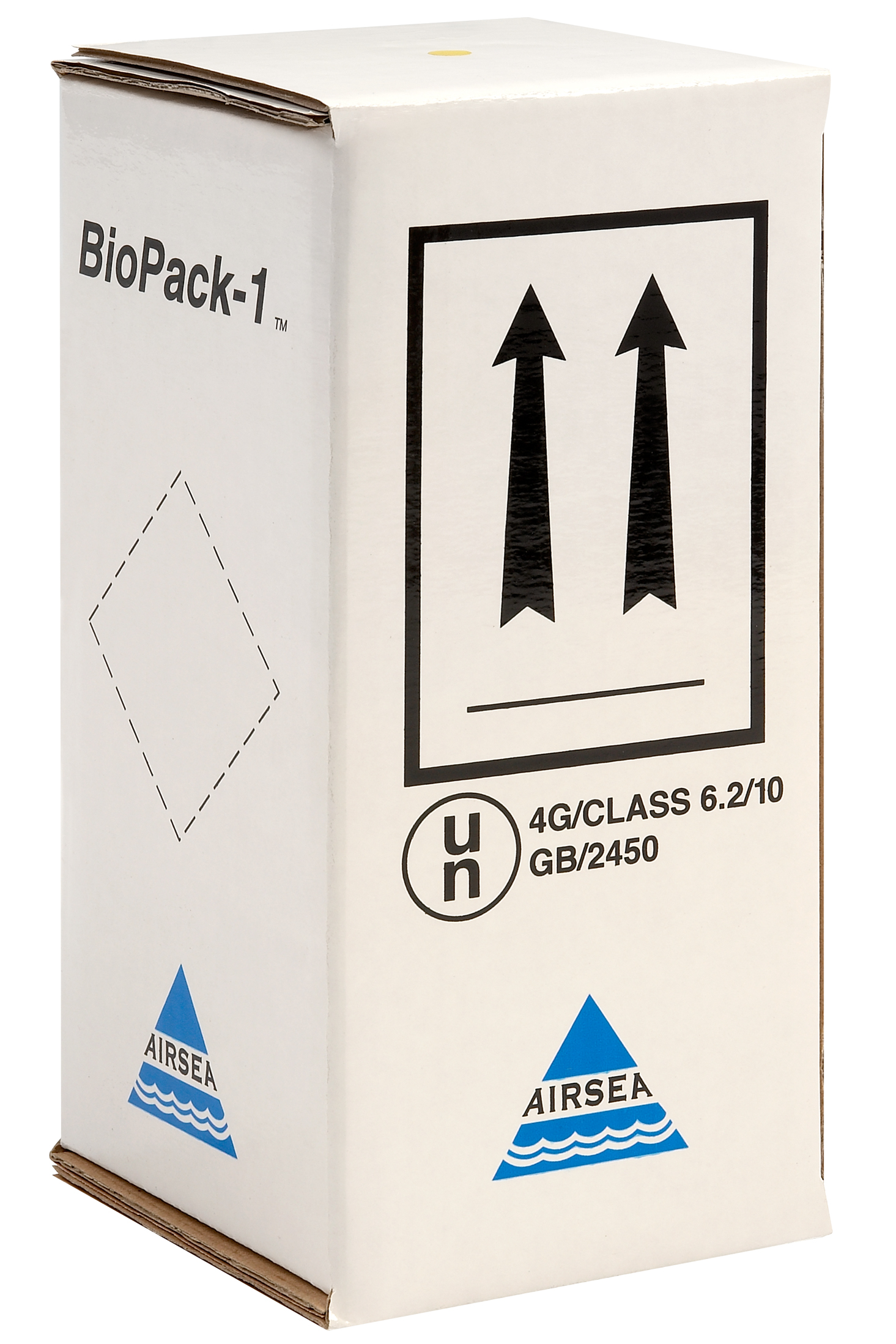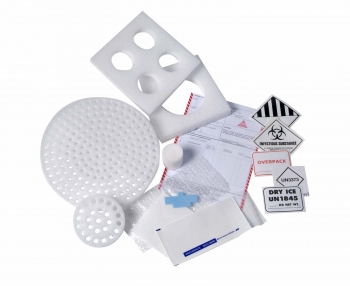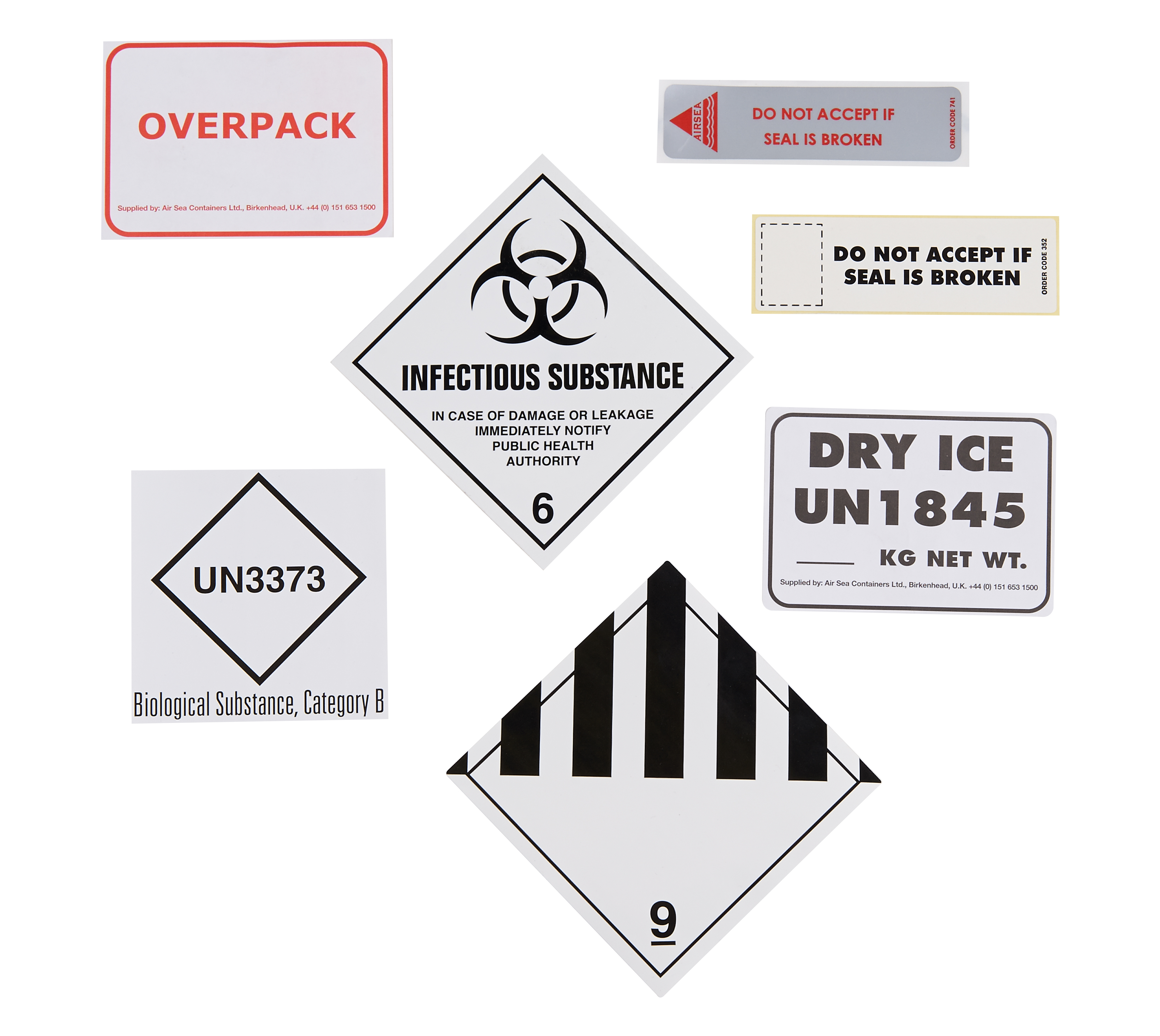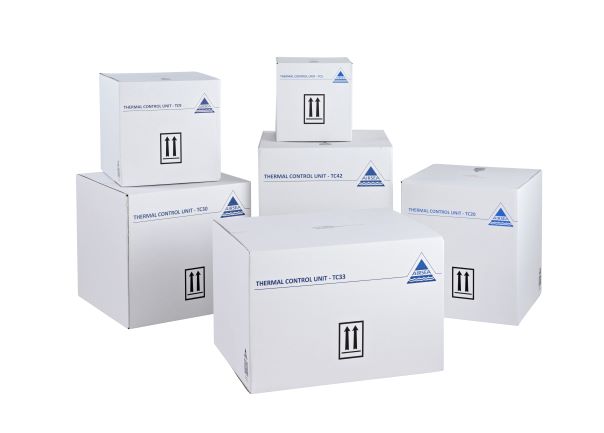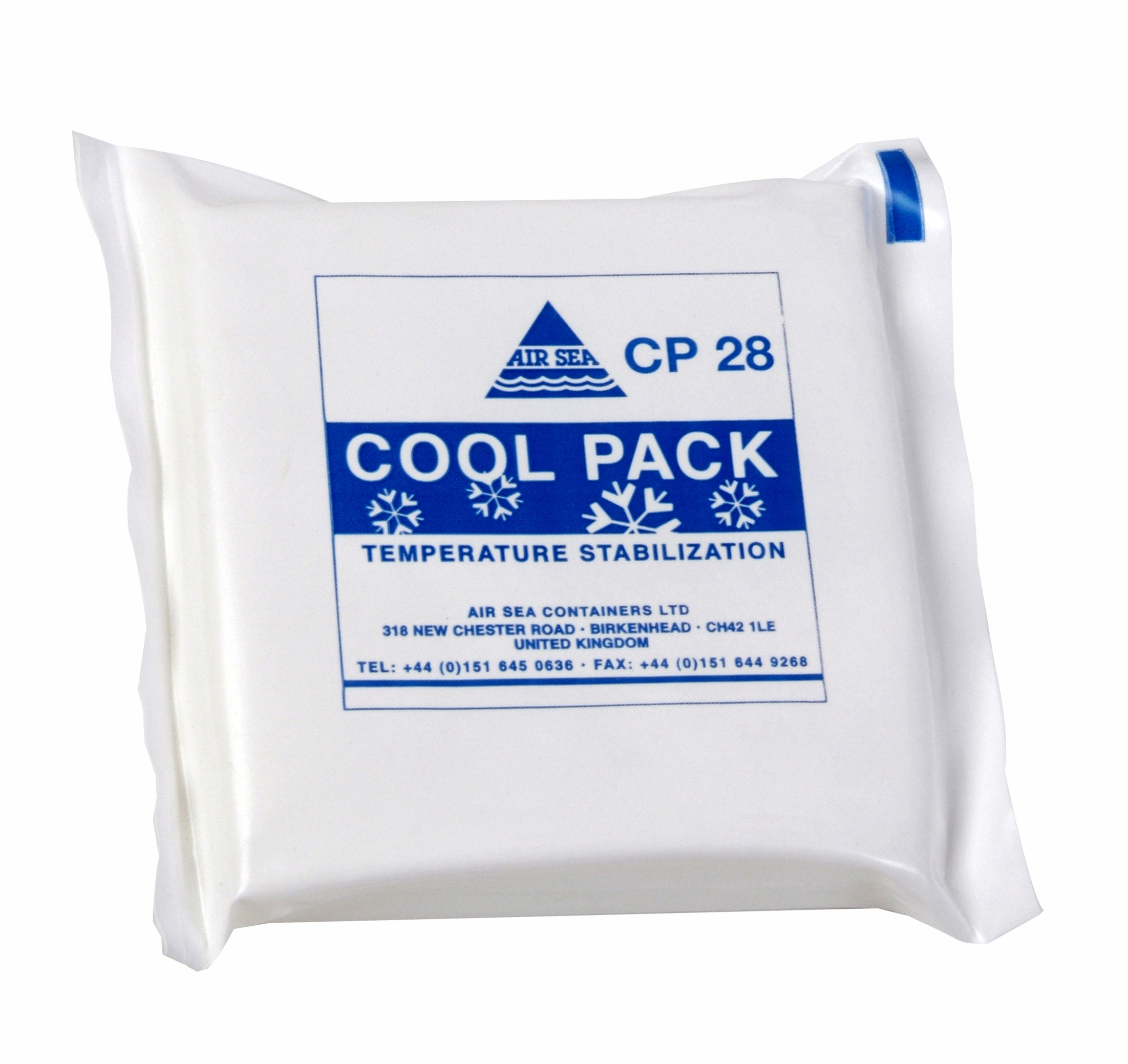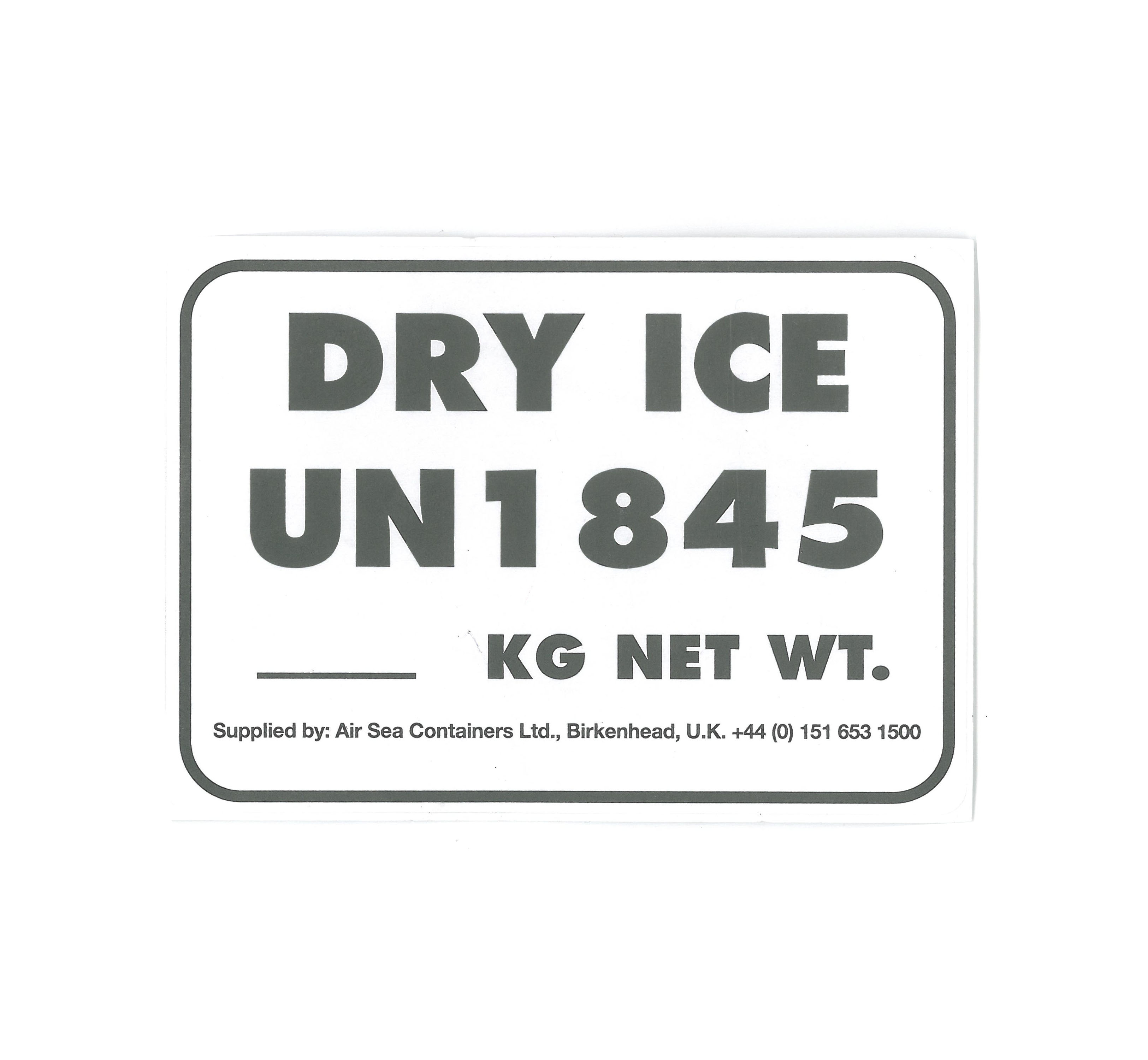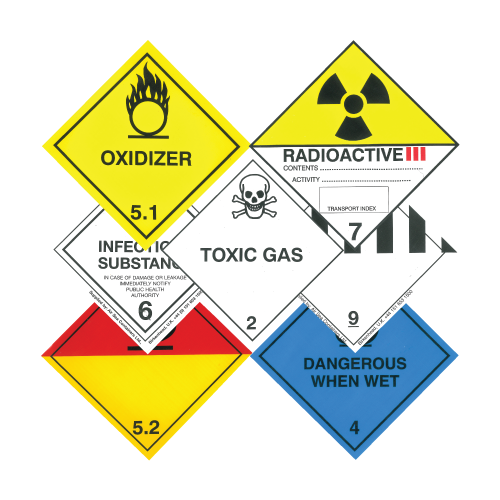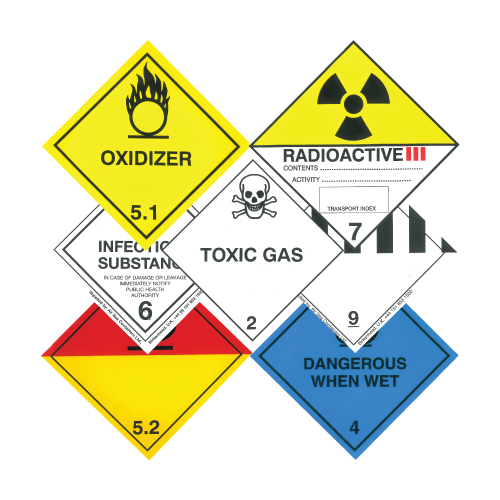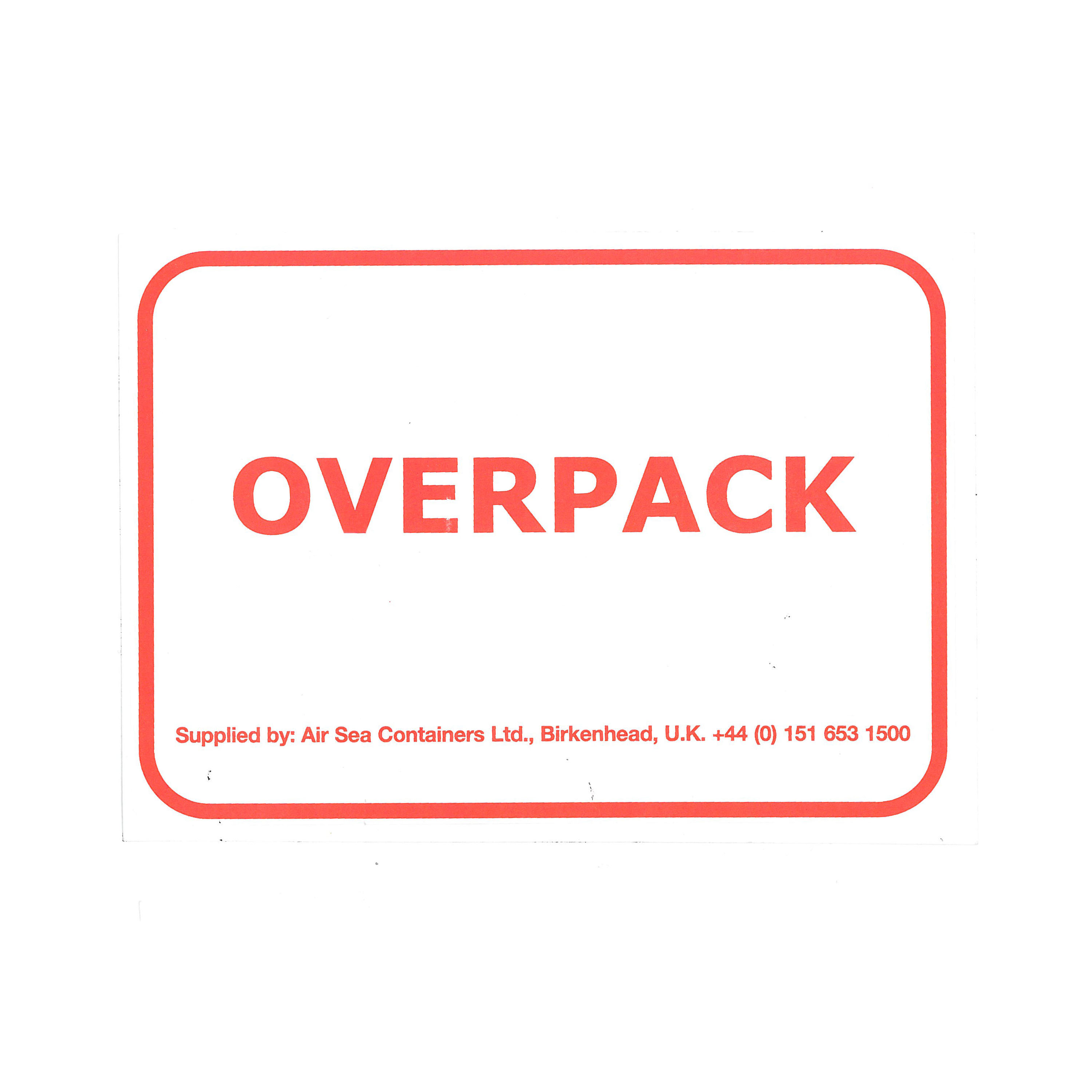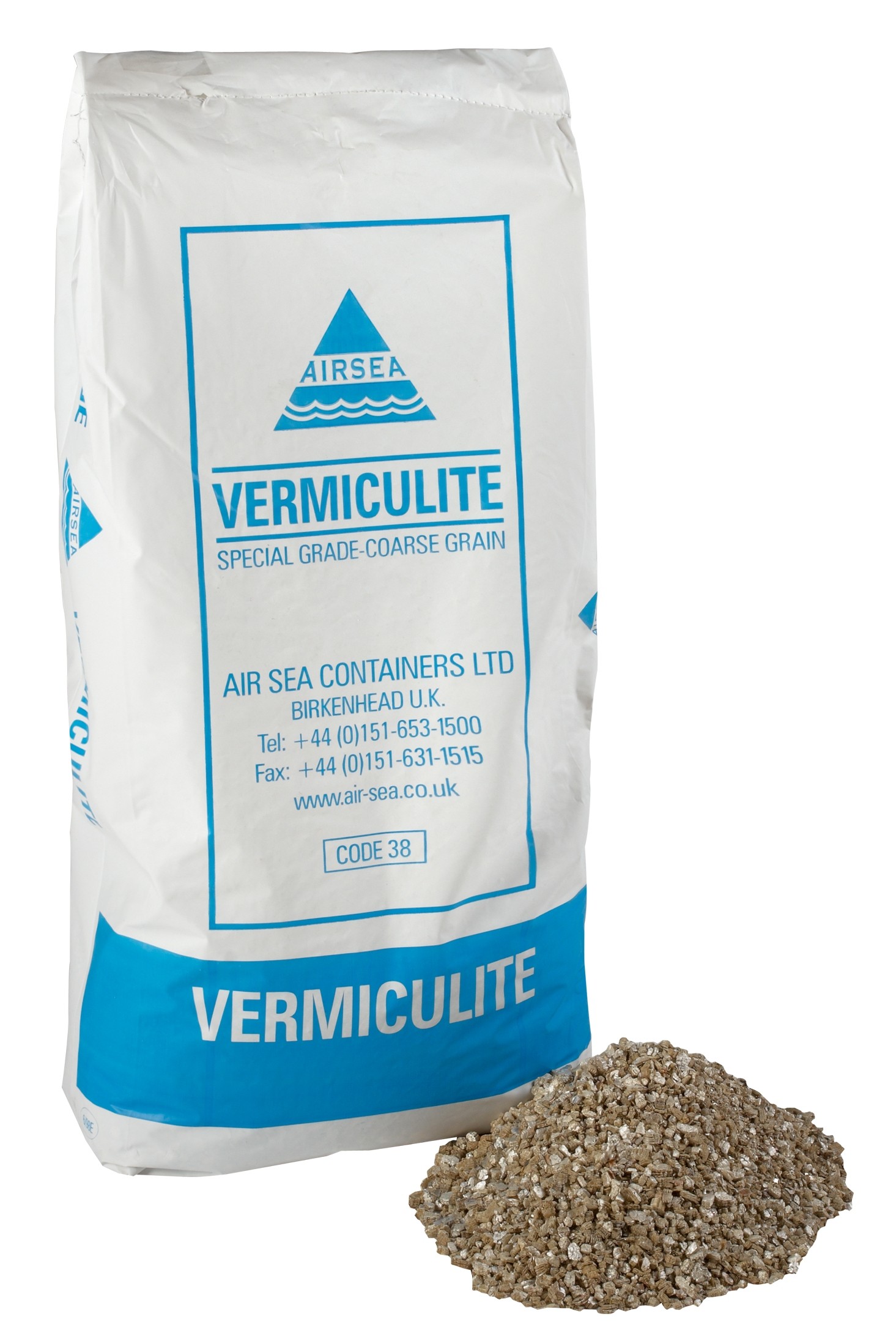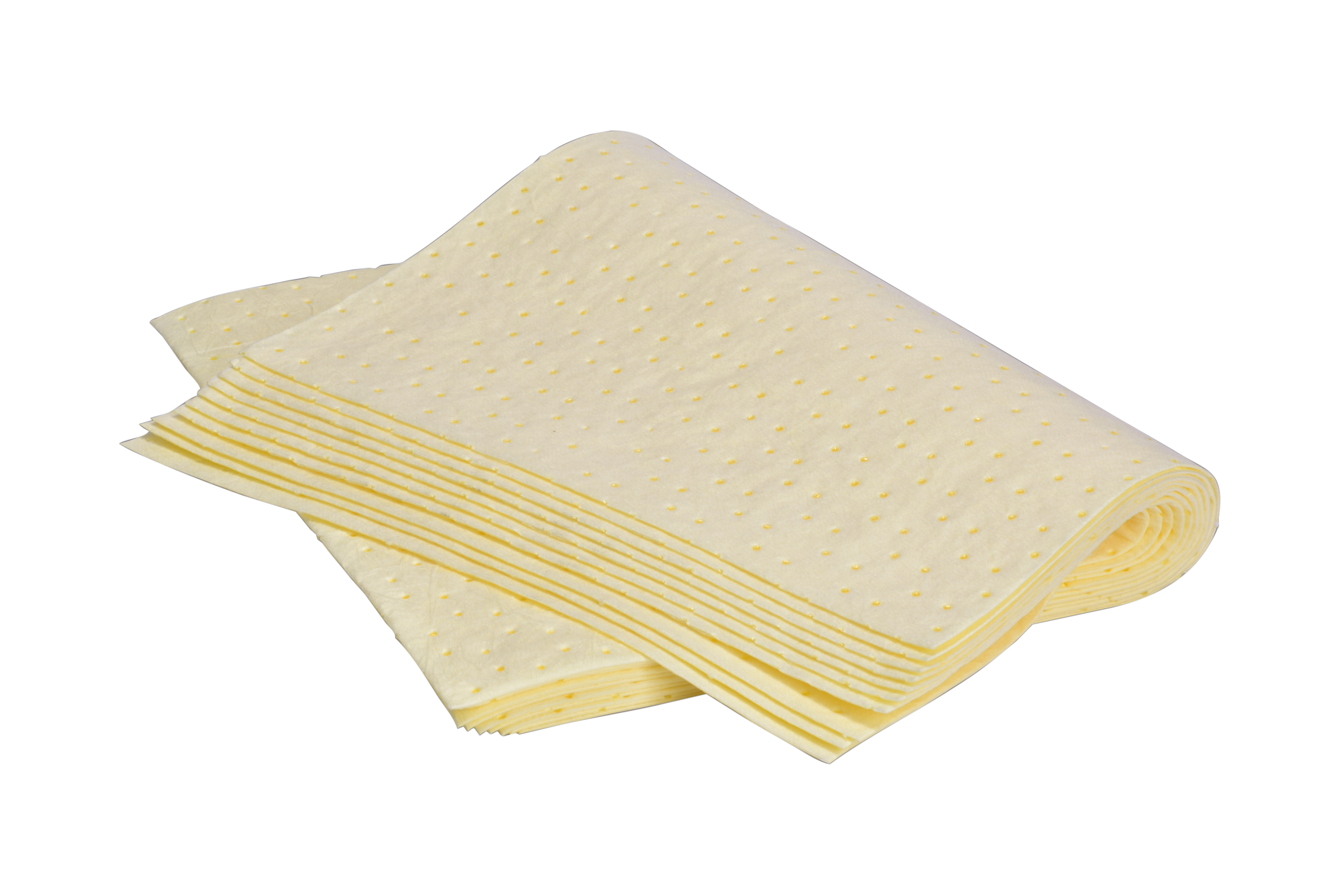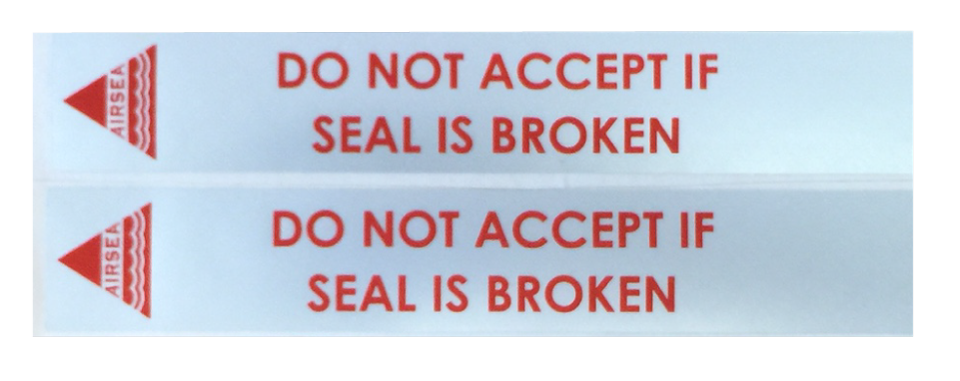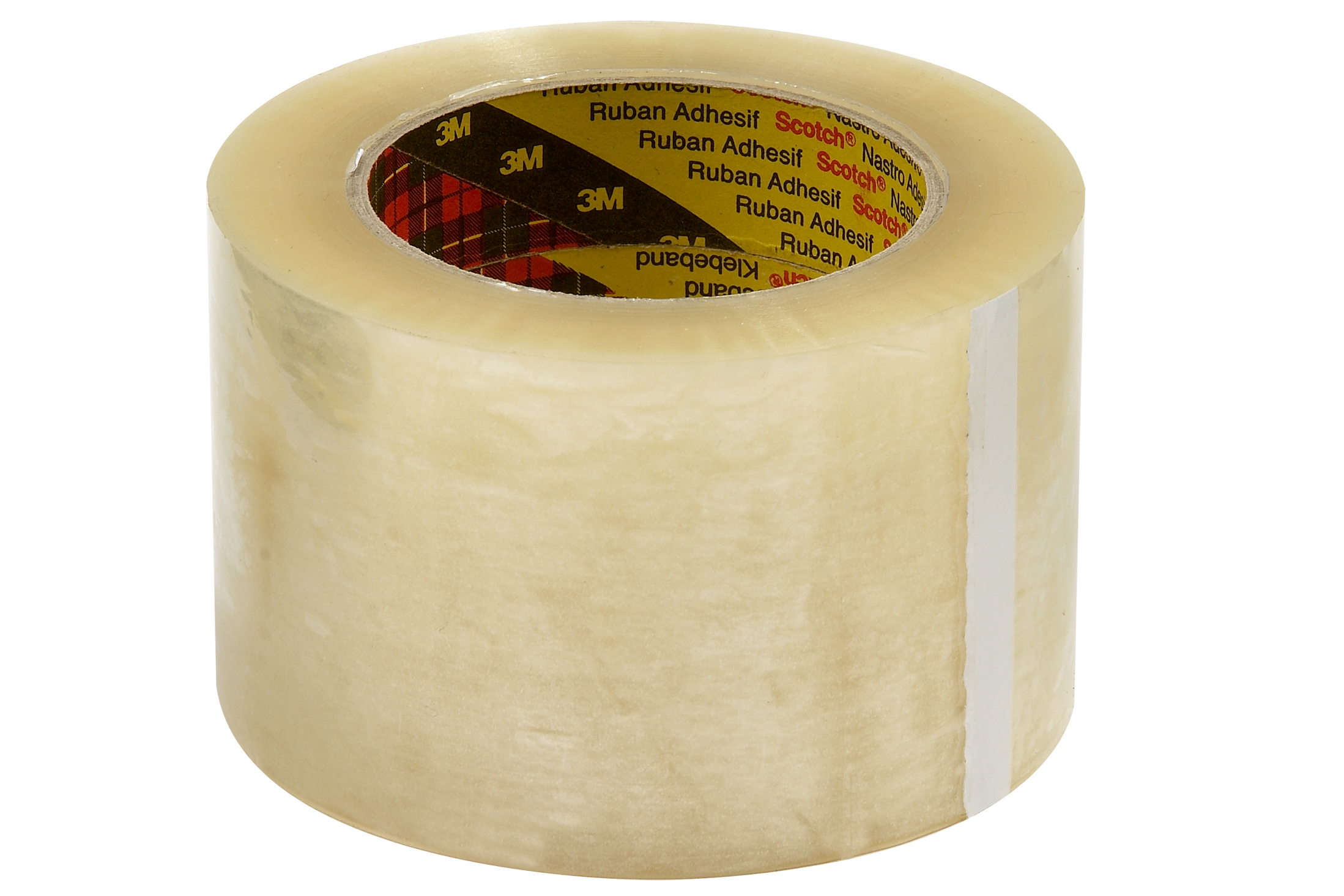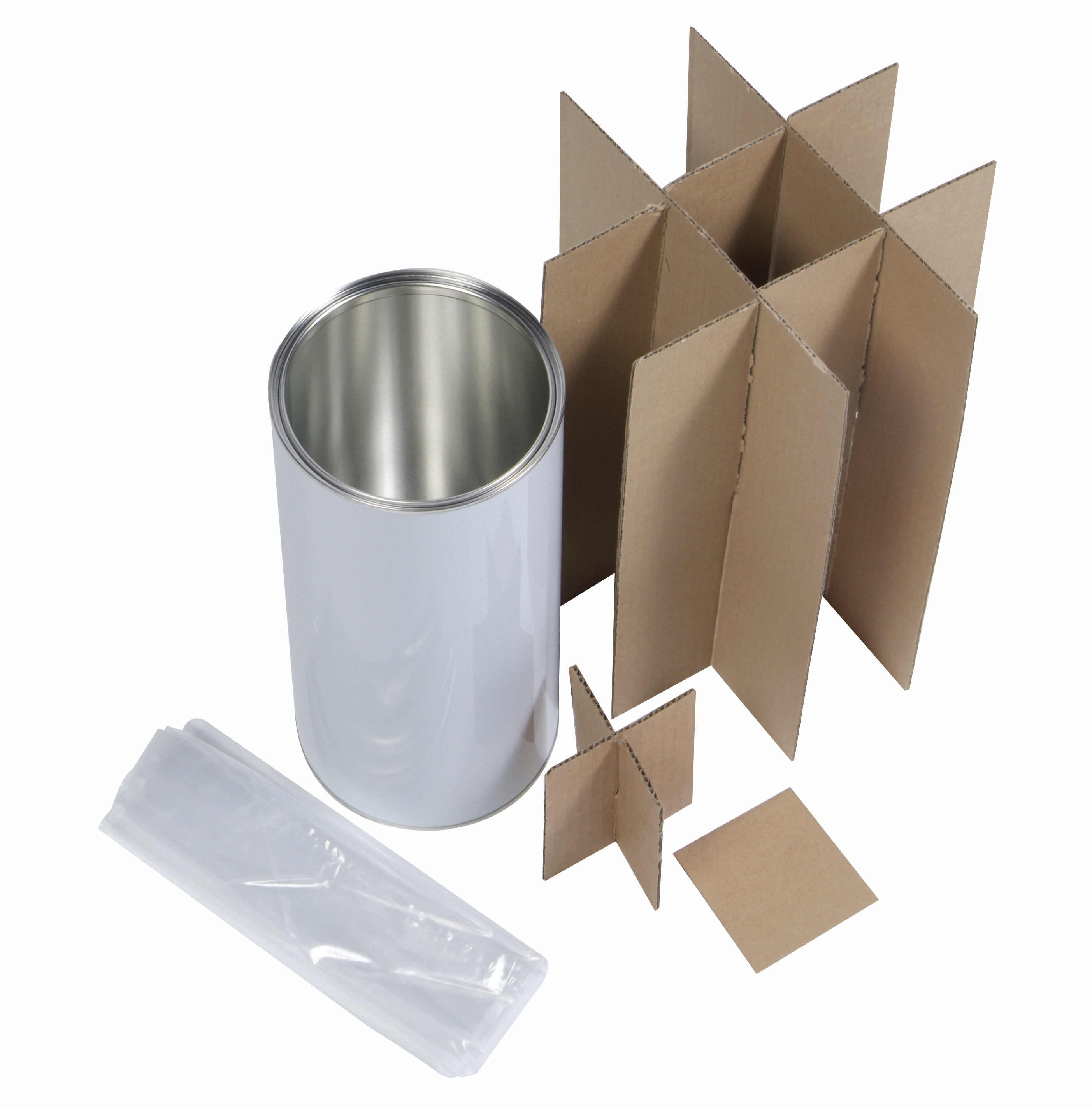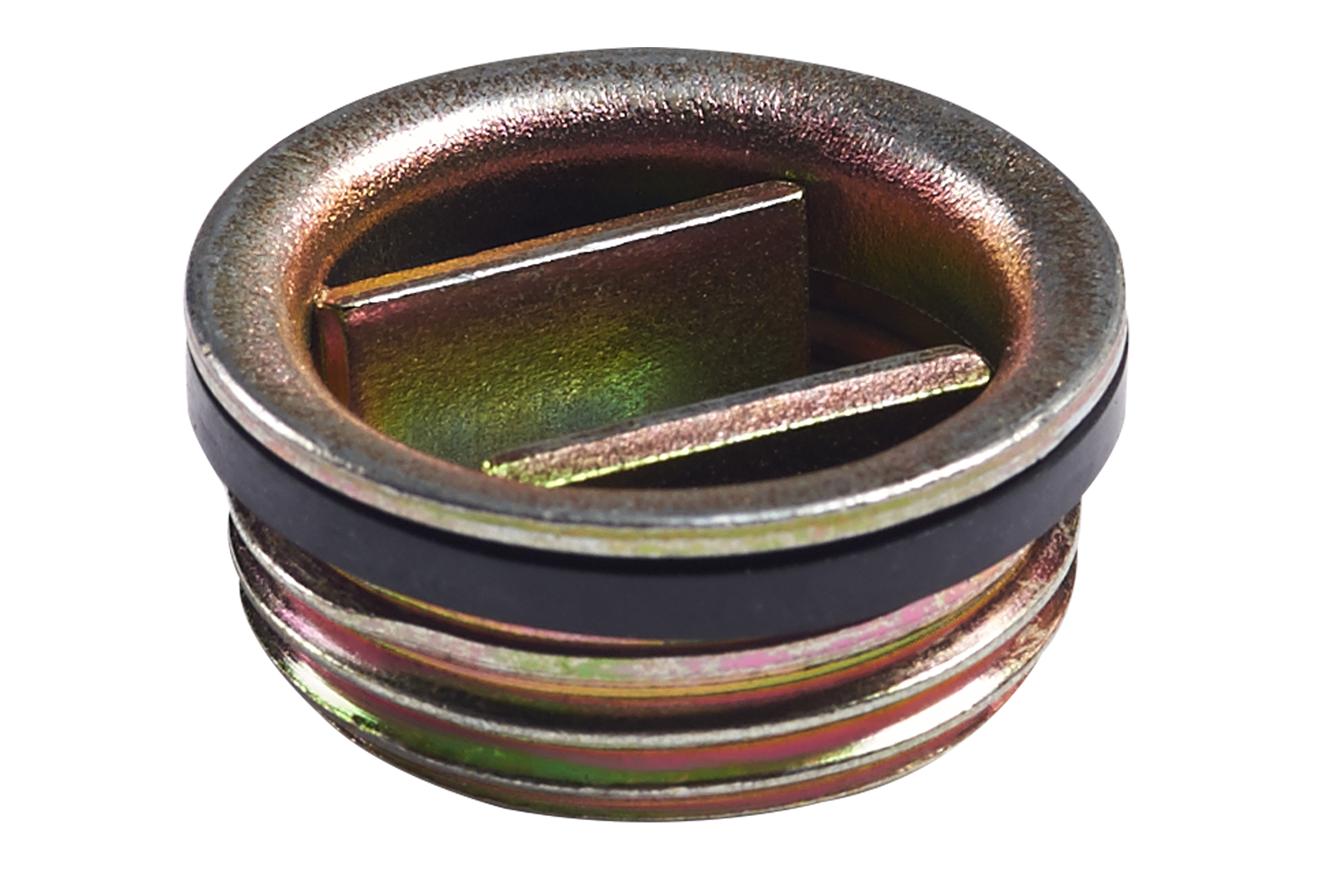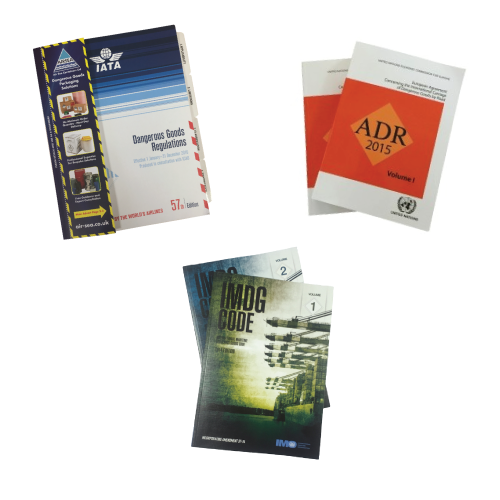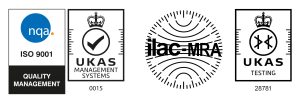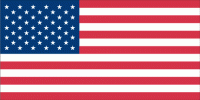Category A Packaging – UN-approved UN2814 & UN2900 Solutions
We offer a comprehensive range of UN-approved packaging solutions for shipping Class 6.2 Infectious Substances under Category A.
Our packaging is certified for transporting both UN2814 Infectious Substances affecting humans and UN2900 Infectious Substances affecting animals only.
To ensure compliance, all specimens must be packed according to Packing Instruction 620, as outlined in IATA, ADR, and IMDG dangerous goods regulations.
We provide packaging options from 50ml to 4 litres, with or without thermal control. Additional high-performance secondary packaging and accessories are also available.
Our Category A packaging is suitable for the safe shipment of a wide range of infectious substances, including viruses such as COVID-19, monkeypox and other emerging pathogens.
When shipping Category A infectious substances, it is essential to display the appropriate hazard labels for Class 6.2. If you’re unsure about the requirements, our team is here to help.
Can’t find the packaging you need? We’re happy to assist – just ask!
Visit our Contact Us page for more information, or check out our FAQ section below for more on Category A packaging.
 UK
UK



